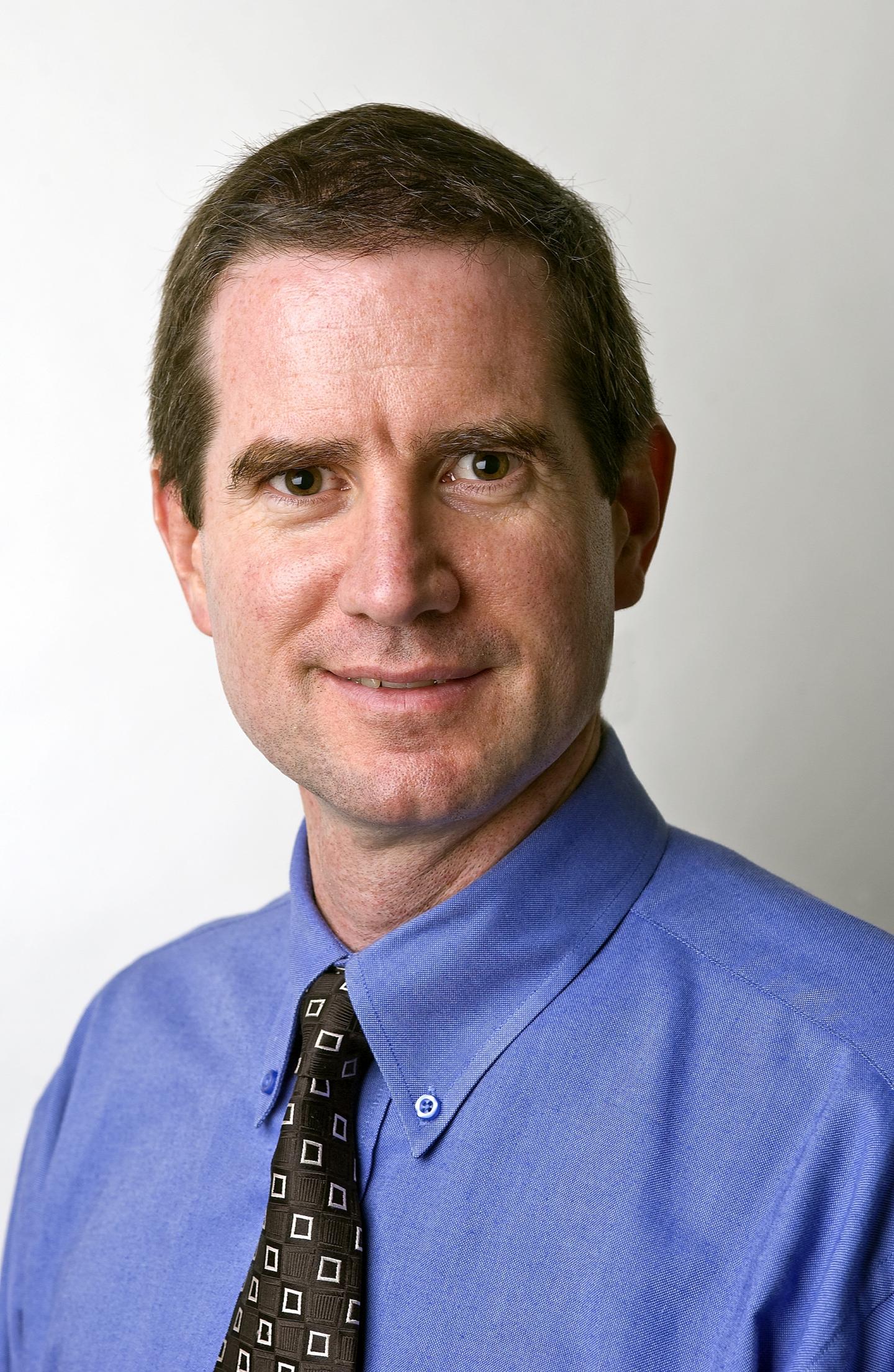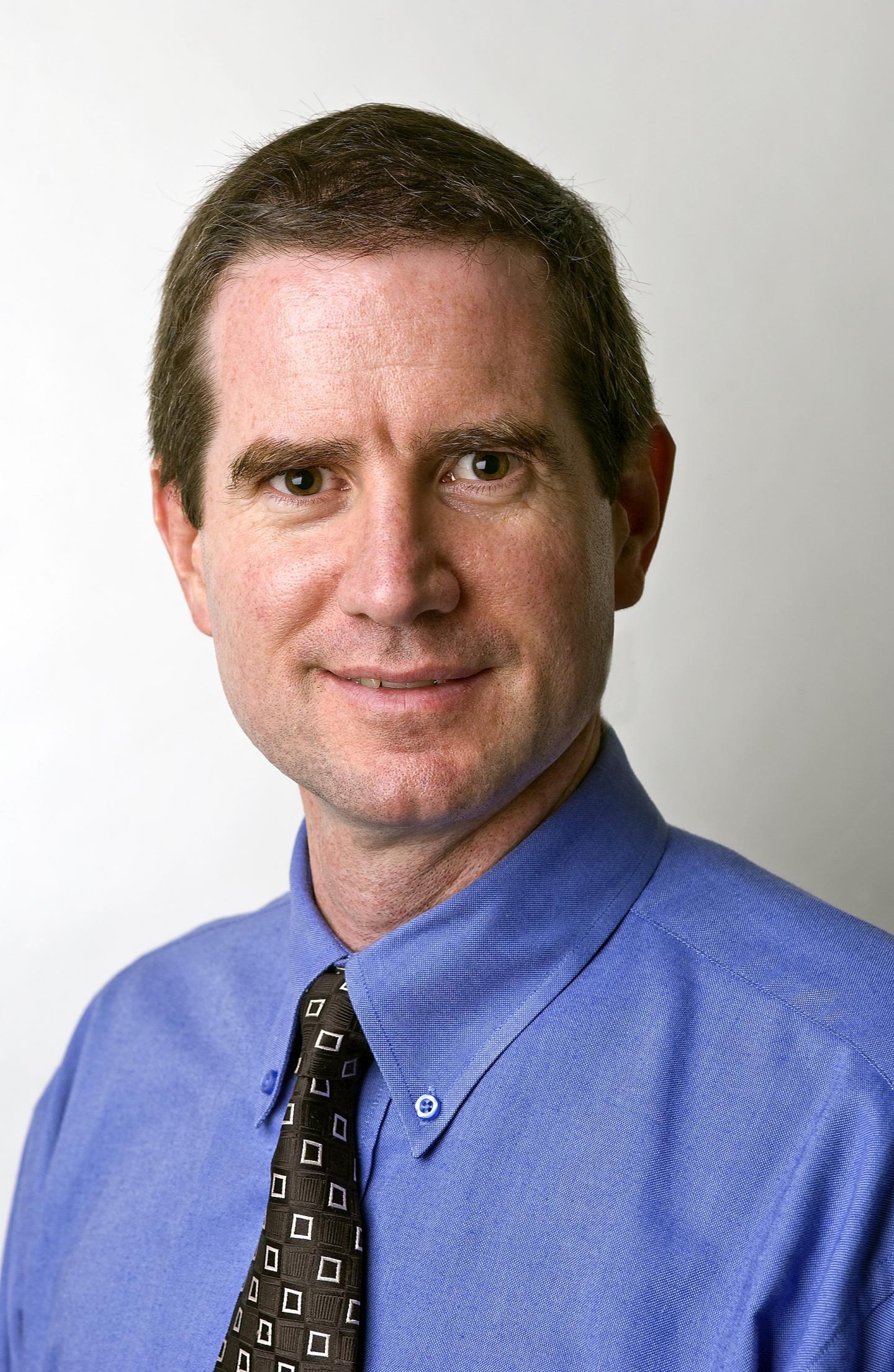
Credit: UMass Amherst
AMHERST, Mass. – Muscle biophysicist Ned Debold in the kinesiology department at the University of Massachusetts Amherst's School of Public Health and Health Sciences, with Dhandapani Venkataraman and Jianhan Chen of the chemistry department, are collaborating on a project to develop a compound to serve as an alternative energy source for skeletal and cardiac muscle during times of stress.
The work is supported by a two-year, $200,000 Innovative Project Award from the American Heart Association.
Debold points out that the normal energy source for muscle, adenosine triphosphate (ATP), works very well at rest and at mild exercise intensities, but when muscles are severely fatigued or experiencing a heart attack, the byproducts from ATP breakdown prevent muscles from generating force, because they inhibit muscle's molecular motor, myosin.
This means that ATP is not always a good energy source for muscle. It's like "trying to accelerate in a car with a bad exhaust system, where the byproducts of burning gasoline inhibit the motor and cause the car to sputter and stall," Debold says.
For this project, he and his collaborators will attempt to synthesize an alternative energy source that will not be inhibited by the by-products of ATP breakdown. They say this could improve heart function during a heart attack and maintain skeletal muscle function during fatigue, which is a debilitating symptom of many common diseases including chronic heart failure.
Such an ambitious goal requires diverse expertise, Debold notes. As a muscle biophysicist, he has a long-standing interest in the mechanisms of fatigue and heart failure, while Venkataraman is a synthetic chemist who has mainly focused on developing non-biological materials for alternative energy sources such as solar panels. Chen is a computational chemist who models how proteins interact with other molecules such as ATP.
For this work, they plan to use a chemical compound originally synthesized in Venkataraman's Advanced Lab for Iontronic, Electronic and Nanomaterials to power muscle contractions in in vitro experiments of muscle fatigue and heart attack. Chen's Computational Biophysics and Biomaterials Lab will perform computer simulations of myosin interacting with the new compound to identify promising combinations.
Once a compound is put forward by Venkataraman, Debold's Muscle Biophysics lab will test its ability to power muscle contraction in in vitro assays, providing feedback on the effectiveness of the energy transduction, which will then guide the next round of computer simulations and chemical synthesis.
"If this project is successful it would be the first time a synthetic compound will be successfully used to power muscle contraction," Debold says. "The findings will provide not only a potential therapeutic compound but also provide crucial fundamental insight into exactly how enzymes are able to transduce chemical energy into mechanical work, which would have implications well beyond muscle contraction."
Team members say their project represents a highly unusual approach to drug development with distinct advantages over conventional approaches, one that Debold and Venkataraman came up with on their daily bus commute. There they discovered a shared interest in understanding how molecules transduce energy – for Debold, how muscles convert chemical to mechanical energy and for Venkataraman, how molecules convert light into electricity.
Chen's expertise in modeling molecular interactions and structure-based drug design perfectly completes the team, they say. Today, as they point out, the usual approach to identifying potential new drug therapies involves screening massive libraries of compounds, often millions, hoping to find one that has the desired effect on a target, like trying to find the proverbial needle in a haystack.
Debold says they decided, "why not just make the needle yourself? That way you synthesize a compound with the desired properties and then modify it to get it to bind to the protein of choice, in this case, muscle myosin. We look forward to the exciting developments that will emerge from this project."
###
Media Contact
Janet Lathrop
[email protected]
413-545-2989
@umassscience
http://www.umass.edu
Original Source
http://www.umass.edu/newsoffice/article/umass-amherst-researchers-plan-develop





